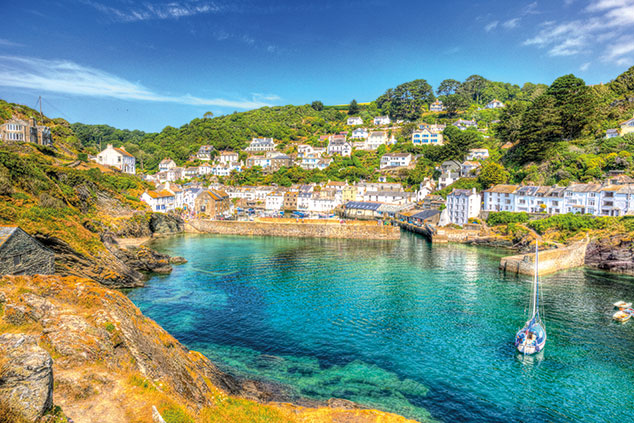
Letting property out as a holiday home has tax advantages, but do your research thoroughly.
Beleaguered property investors are turning their attention from buy-to-let to holiday lets, in a bid to escape the regulatory and taxation changes in the private rented sector. It’s easy to see why. The tapering down of mortgage interest relief, the second-home stamp-duty surcharge and more stringent affordability checks for mortgages mean long-term rental properties are no longer the money-spinner they used to be.
Furnished holiday lets (FHL) offer many advantages for potential investors. HM Revenue & Customs (HMRC) views holiday homes as businesses, so they are exempt from the mortgage tax-relief changes, and you can put relevant earnings into a pension, allowing you to benefit from tax relief. Owners can also claim capital allowances rather than the wear-and-tear allowance residential landlords receive, as well as capital-gains tax relief.
However, it’s worth being aware that a property must meet certain criteria to qualify as a FHL: it must be furnished; commercially let with a view to making a profit; be available for letting for at least 210 days a year; and let for at least 105 days (you can’t count any days you stay there yourself).
Assuming your property meets HMRC’s criteria, there’s money to be made. UK holiday lets generate an average net yield of 6.1%, compared with residential buy-to-lets at 5%, according to property fund Second Estates. And the average weekly income for a holiday let is £563, nearly three times the typical weekly buy-to-let rent of £191, says the fund.
The major downside to investing in a holiday let is that it’s a lot more hands-on than buy-to-let. The property will need to be cleaned, and the linen changed, in between lets. Obviously you could do this yourself if you live near the property, but otherwise you’ll need to hire a local cleaner. The same goes for checking in guests and handing over keys – hiring a local agent cuts down your workload but will eat into your profit. Any void periods will reduce your income too, so you’ll need a pricing strategy that maximises weekly rental rates during peak periods to offset less lucrative periods and when the property is empty.
However, before you rush out and buy a property to operate as a holiday let, bear in mind that you won’t be able to finance this on a residential mortgage or a normal buy-to-let mortgage. Many lenders steer clear of holiday lets, as they don’t offer a guaranteed income, though a handful of lenders – including Leeds, Cumberland, Furness and Principality building societies – offer specialised holiday-let mortgages. If you want to turn a property you already own into a holiday let, check the terms and conditions of your mortgage, as you might have to switch to a new one.
You’ll need a deposit of at least 25% for a holiday-let mortgage, although a 40% deposit will give you access to more competitive rates. You’ll also need to meet strict lending criteria. Principality Building Society’s criteria are fairly typical – it requests a local holiday-letting agency letter confirming the weekly letting rates for the property for the low, mid- and high seasons, and will then take an annual average.
Your annual rental income will need to be at least 145% of your mortgage payments, assuming a rate of 5.5%. Note also that the building society will only allow one holiday let per portfolio, and the property cannot be in a holiday park or have any restrictions on occupancy.